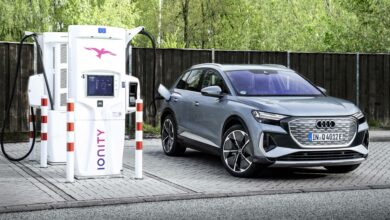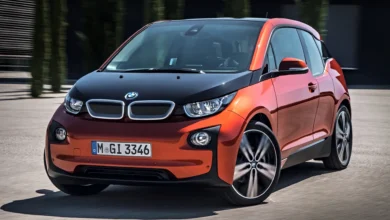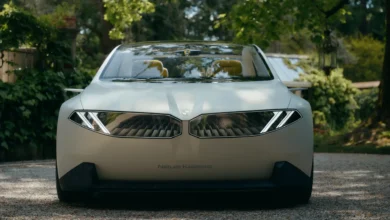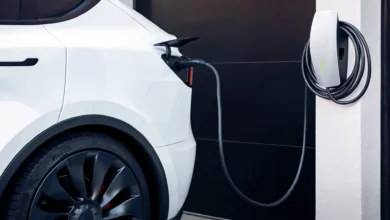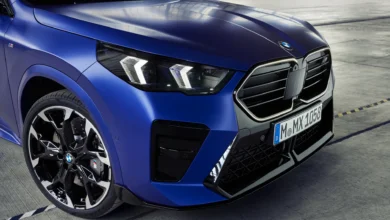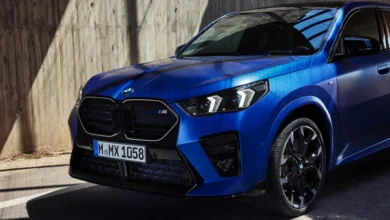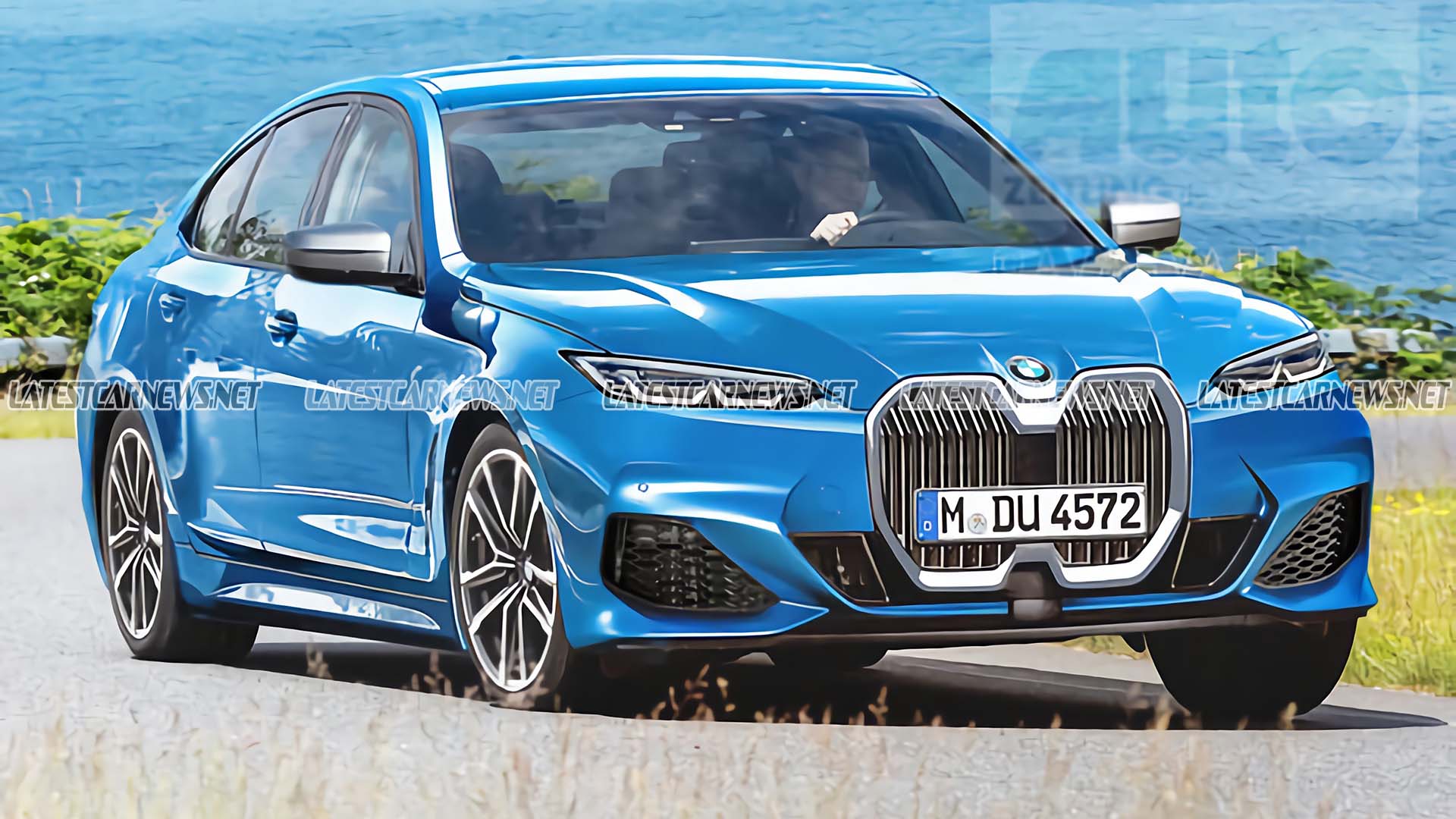
The eighth generation of the BMW 5 Series will appear in 2023. From diesel to plug-in hybrids to fully electric performance models, everything will be included. We dare to take a look into the future with illustrations and reveal what we also know about interior space and dimensions.
BMW is planning the future at full speed: The next generation of the BMW 5 Series will be released in 2023 one of the most important building blocks. The Bavarian luxury class in the form of a limousine and a station wagon (touring) has the task of mastering the transition between the previous philosophy and future realignment with an even stronger focus on electromobility.
That will not be easy, because the classic combustion engines and plug-in hybrids will still be based on the previous, but further developed CLAR platform at market launch. The new cluster architecture, which shifts the focus significantly more towards electromobility, has only been announced for 2025. This means that the fully electric i5 planned for the end of 2024, but no later than 2025, could be the first model that is already based on the new, still modular system for all drive configurations.
But this has not yet been confirmed. In Munich, you don’t want to look too deeply into your cards. What is certain is that the BMW plan provides for more than seven million electrified vehicles to be delivered by 2030, two-thirds of which will then be purely electrically powered models. The number also makes it clear that the “Power of Choice” strategy is being consistently pursued in Munich. With the BMW 5 Series (2023), too, the manufacturer will in the future be making an offer for every customer request for individual mobility. At least in Europe, however, the upcoming emissions regulations should encourage some of the classics in the 5 series to retire. The M550d’s super diesel has already been discontinued.
Dark clouds are also gathering over the V8 Biturbo in the M550i xDrive. Strong electrification could save him. BMW has everything on offer: The next generation of plug-in hybrid technology will take a noticeable step forward in important properties and functions, according to BMW. Among other things, this means significantly more battery capacity and faster charging times. The 5 series plug-in hybrids are already presented with reasonable ranges and sustainable consumption values.
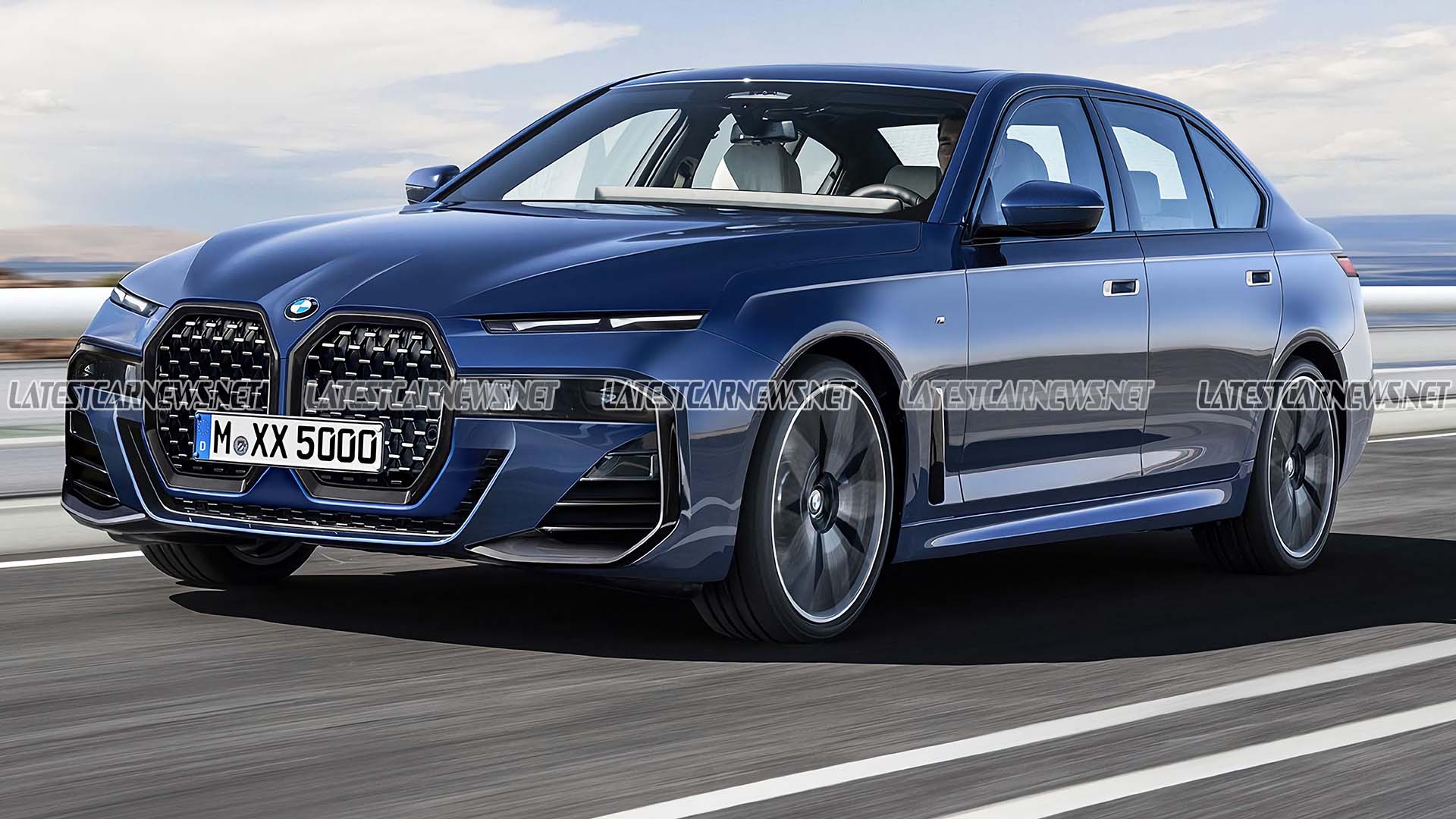
The M550i could benefit from the rapid development and also increase its performance significantly. What will happen to the M5 then? More on that later. The M550i could benefit from the rapid development and also increase its performance significantly. What will happen to the M5 then? More on that later. The M550i could benefit from the rapid development and also increase its performance significantly. What will happen to the M5 then? More on that later.
BMW 5 SERIES SEDAN 2023 AS A COMBUSTION, HYBRID, AND E-CAR
Even if plug-in hybrid models can not only optimally cover commuter profiles, the diesel remains a trusted partner in the BMW 5 Series (2023). The additional electric drive is reserved for gasoline engines. All BMW diesel models are already equipped with a very effective exhaust gas cleaning system to reduce nitrogen oxide emissions. BMW is certain that despite all the transformation towards e-mobility and the coming emission limits, diesel will remain in business for a long time.
The 5 Series must and will also set a big exclamation point in e-mobility. The i4, already presented as a near-series concept, outlines where the journey is going in the future. The i5 will allow a wide variety of configurations. The layout that the new, lighter, and more efficient platform offers is no secret. The batteries, which provide well over 100 kWh in the top model, find space between the two axes.
In addition to an entry-level verson with just one drive unit on the rear axle, an all-wheel drive with an additional electric motor on the front axle is also planned. Ranges of over 800 kilometers can be implemented thanks to the increased efficiency of the engines and intelligent system management. It gets really exciting when the two letters i and M merge in the next generation of the BMW 5 Series (2023). Some time ago, BMW made the mouths of all fans of dynamic locomotion with the Power BEV prototype.
Under the guise of a current 5 series sedan, there are three electric motors with a total of 720 hp. The two motors on the rear axle in particular awaken dynamic M potential. They can be controlled separately. This is where e-torque vectoring comes into play, which makes it possible to convert the maximum drive power into propulsion even in extremely dynamic driving maneuvers.
Thanks to the drive and braking torque that can be individually regulated for each wheel, every driving situation can be actively and specifically influenced for optimum performance, better, more effectively, and more precisely than a limited-slip differential, however well-controlled, could. That creates space for speculation. than a limited-slip differential that regulates as well as it could. That creates space for speculation. than a limited-slip differential that regulates as well as it could. That creates space for speculation.
INTERIOR & DIMENSIONS
By 2024, the possible performance of the electric units is likely to increase significantly. 1000 hp are conceivable for the purely battery-electric derivative of the BMW 5 Series (2023). If only because Tesla is penetrating four-digit performance regions with the Plaid + drive in the Tesla Model S. The sportiest offshoot of the i5 could therefore mutate into the future i5M.
By then at the latest, the previous 400-volt standard at BMW should be replaced by the more powerful 800-volt technology in the performance models. However, the next M5 will be launched with a strongly electrified V8 Biturbo and combine the dynamic possibilities of an electric drive with classic emotion. The new modular structure could also enable a 5 series with fuel cell technology.
Finally, in 2022 the automobile manufacturer will be launching a small series of the X5 with hydrogen drive, which of course can also be projected onto a 5-series. BMW has decades of experience in this area, has already developed the so-called stack housing for the fuel cells at the Landshut plant for the BMW I Hydrogen NEXT, and has a development partner at its side in Toyota, who is already offering a 5-series fuel cell car with the Mirai.
It is not just the range of drives that will offer a complex variety. When it comes to the body variants, too, not only the classic combustion or plug-in hybrid models as sedans or touring models will come up, but also the i5. The design will not be a radical revolution: the new BMW 5 Series (2023) remains a classic luxury-class model with dimensions of around five meters in length, 1, 9 meters wide (without exterior mirrors) and 1.5 meters high, and follows the design language adopted with the 4 Series, Concept i4 and iX5, as our illustration shows: a self-confident appearance with a distinctive kidney and newly interpreted twin headlights are set as BMW DNA. There are still no pictures of the interior, but we can expect the use of the new iDrive infotainment system from the large iX electric SUV with its widescreen.
